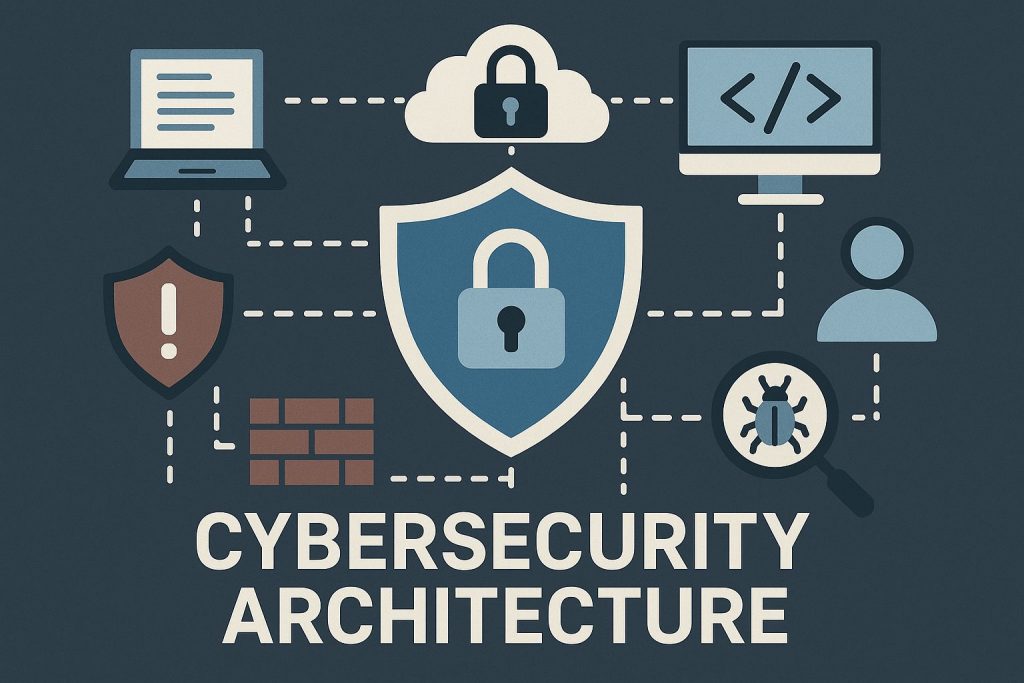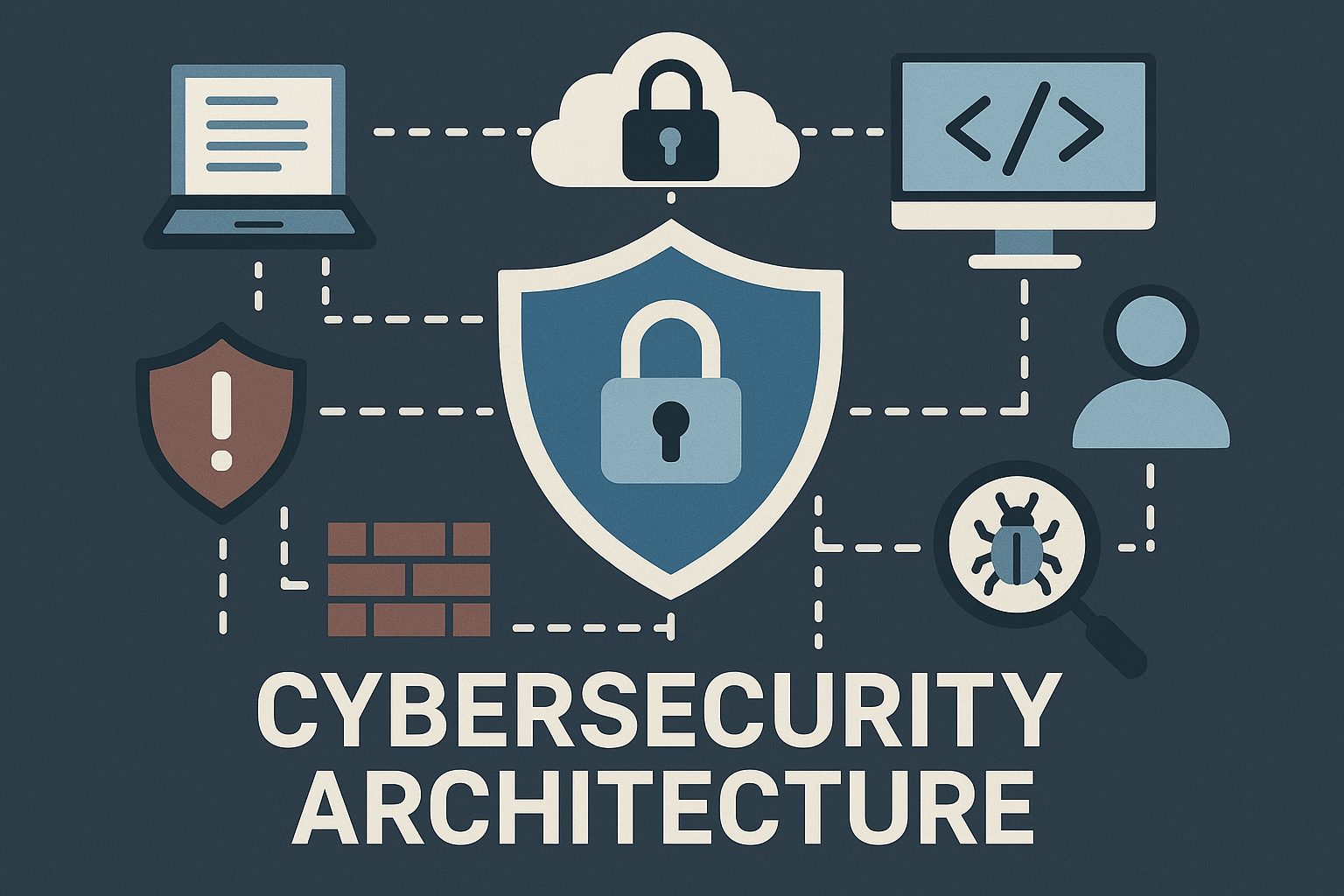
In an age where cyber threats evolve at lightning speed, traditional security strategies often fall short. Organizations now manage vast digital ecosystems that span cloud platforms, remote devices, and hybrid networks. To address these complexities, the cybersecurity mesh architecture (CSMA) has emerged as a dynamic, scalable, and intelligent security framework designed for modern enterprises. Understanding its fundamentals can help businesses stay resilient and adaptable in today’s interconnected world.
What Is Cybersecurity Mesh Architecture
Cybersecurity Mesh Architecture (CSMA) is a modern security approach that decentralizes and distributes defense layers, rather than relying on a single perimeter. Traditional network security worked like a fence around a building, but digital transformation has blurred that perimeter. CSMA connects and protects users, devices, and data wherever they reside, providing consistent protection across the entire IT landscape.
At its core, CSMA employs identity-based access control and consistent security policies applied across multiple systems. This approach focuses on the identity of users and devices rather than physical network boundaries, ensuring high levels of authentication and authorization. It also facilitates the integration of tools and platforms so that security controls communicate and operate as part of a unified framework.
Organizations implementing cybersecurity mesh architecture can improve visibility and control over distributed assets. Because it integrates with existing infrastructure, businesses don’t have to rebuild their systems from scratch. Instead, they can create an adaptable security network that strengthens as new technologies are added, maintaining both flexibility and protection.
Key Benefits of a Cybersecurity Mesh System
One of the main benefits of cybersecurity mesh architecture is enhanced security adaptability. As cyber threats grow more sophisticated, a mesh approach allows rapid response and reconfiguration. Because controls are decentralized, policy changes and updates can be implemented quickly across all connected nodes, reducing exposure time and improving overall resilience.
Another significant advantage is improved identity and access management (IAM). CSMA allows security policies to follow users, devices, and data wherever they move across a network. This identity-focused model helps organizations manage access dynamically, using real-time context to determine who should have which permissions. As a result, the risks of unauthorized access, insider threats, and data breaches are greatly minimized.
Cybersecurity mesh systems also promote resource efficiency and scalability. Instead of managing isolated tools and platforms, IT teams can unify monitoring, analytics, and enforcement within a coordinated mesh. This not only improves performance but also reduces redundancy and costs. Over time, businesses gain a more organized, data-driven approach to cyber defense.
How to Implement Cybersecurity Mesh Effectively
Implementing a cybersecurity mesh system begins with assessing an organization’s existing security setup. Identifying current assets, user identities, and access pathways lays the foundation for building a distributed defense model. It’s essential to integrate identity management, security analytics, and centralized policy controls without disrupting existing operations.
Next, organizations should focus on interoperability. A successful mesh architecture requires that all tools communicate effectively through standardized APIs and shared data models. This ensures that security alerts, incident responses, and analytics flow between systems seamlessly. Continuous monitoring and automation help maintain visibility and reduce manual intervention, strengthening long-term efficiency.
Finally, education and governance are just as critical as technology. Teams should receive training on how to use and manage CSMA tools effectively. Governance policies must define clear accountability for security events and maintenance. By combining human expertise with automated intelligence, businesses can create a proactive, resilient defense environment that adapts to changing digital landscapes.
Q&A Section
Q: Is Cybersecurity Mesh Architecture suitable for small businesses?
A: Yes, it can be adapted to businesses of any size. Cloud-based tools now make it easier and more affordable to implement CSMA frameworks on a smaller scale.
Q: How does CSMA differ from Zero Trust Architecture?
A: While both emphasize identity and access control, CSMA focuses on integrating existing security systems into a distributed network, complementing Zero Trust rather than replacing it.
Q: Can CSMA help with compliance requirements?
A: Absolutely. Because CSMA improves visibility and governance across systems, it simplifies compliance with data protection and cybersecurity regulations.
Cybersecurity Mesh Architecture is reshaping modern data protection by decentralizing control and enforcing identity-driven security. It provides adaptability, scalability, and unified management in an environment where digital assets are constantly moving. By implementing CSMA effectively, organizations can future-proof their cybersecurity strategies and build a robust framework for safer digital transformation.

Leave a Reply